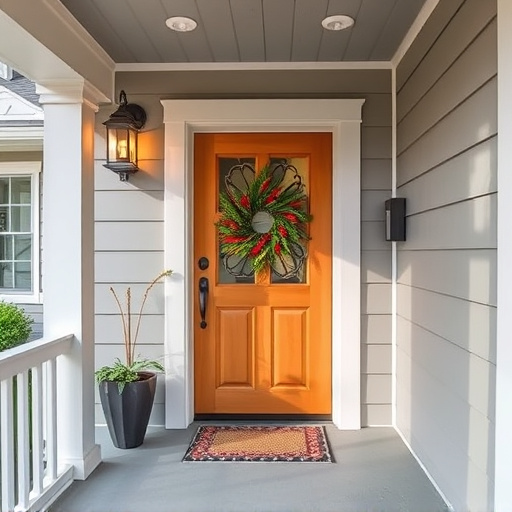Smart home devices offer enhanced security and control through remote access via apps or voice commands. Essential devices for beginners include motion detection, door/window sensors, and alarms. Security cameras and sensors provide real-time monitoring with strategic placement and app configuration. Smart locks offer remote access and advanced safety features. Intelligent smoke and carbon monoxide detectors provide instant alerts and customizable settings for peace of mind and efficient smart home control.
“Dive into the world of smart home safety with our comprehensive beginner’s guide. Understanding smart home devices has never been easier. We’ll help you navigate the landscape by identifying essential safety features tailored for your home. From installing security cameras and sensors to exploring advanced smart locks, this article covers it all. Discover how intelligent smoke and carbon monoxide detectors can revolutionize your living space. Embrace a safer, more connected home with our practical insights on these must-have smart home devices.”
- Understanding Smart Home Devices: A Beginner's Guide
- Identifying Essential Safety Features for Your Home
- Installing and Setting Up Security Cameras and Sensors
- Exploring Smart Locks: Enhancing Entryway Control
- Integrating Intelligent Smoke and Carbon Monoxide Detectors
Understanding Smart Home Devices: A Beginner's Guide
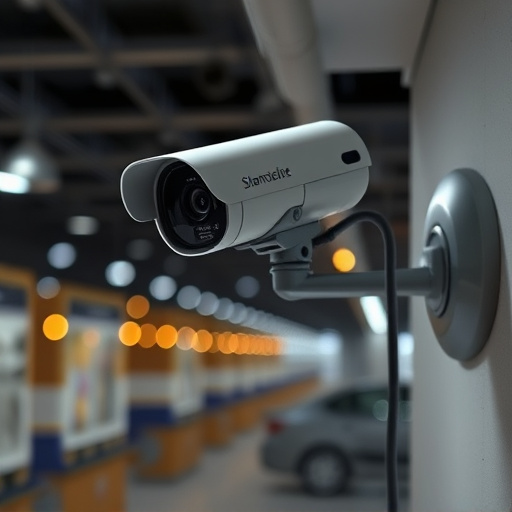
Smart home devices are a modern convenience that offers enhanced security and peace of mind for homeowners. For beginners, understanding the basics of these devices is essential to navigating this ever-growing market. Smart home technology allows you to control various aspects of your house remotely via a smartphone app or voice commands. This includes lighting, thermostats, locks, cameras, and more.
Each smart home device connects to a central system, often through a hub or gateway, that acts as the brain of your home network. By integrating these devices, you can automate tasks, create routines, and monitor your home’s activities from anywhere. For instance, setting up a scene where lights dim, blinds close, and cameras turn on upon saying a voice command like “Good evening” ensures a secure transition into your home’s environment.
Identifying Essential Safety Features for Your Home
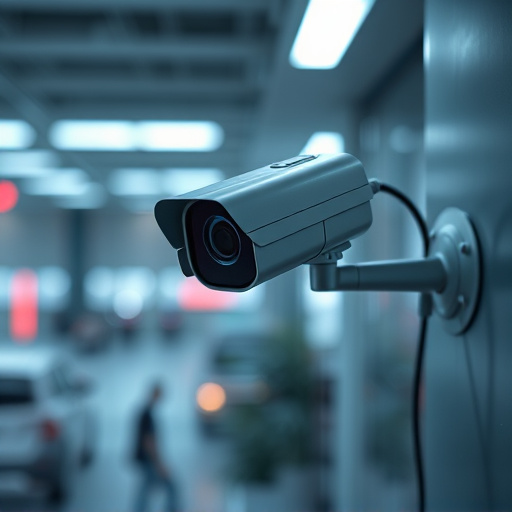
When setting up a smart home, prioritizing safety features is crucial. The most essential elements to consider for beginners include motion detection, door and window sensors, and intelligent alarms. These devices form the basic security framework, providing early warning of potential intruders.
Smart home devices equipped with motion sensors can detect unusual activity, while door and window sensors ensure immediate alerts when access points are compromised. Advanced systems even offer remote monitoring capabilities, allowing homeowners to keep an eye on their property from anywhere, enhancing peace of mind and personal safety.
Installing and Setting Up Security Cameras and Sensors
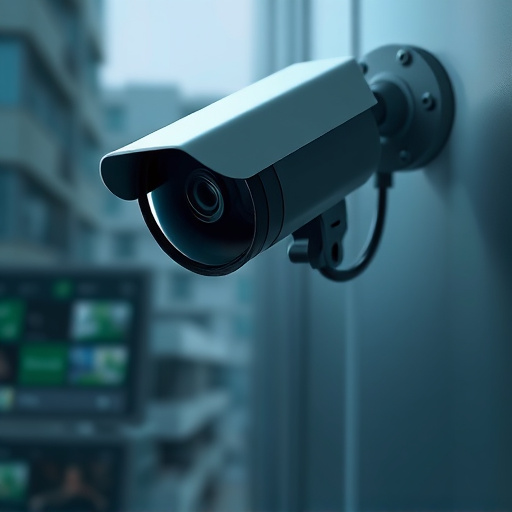
Installing and setting up security cameras and sensors is a crucial step in enhancing your smart home safety. Begin by choosing the right placement for each device, considering factors like lighting, angle of view, and potential blind spots. Mounting them at strategic locations ensures maximum coverage, allowing you to monitor entry points, doors, and windows effectively.
Once positioned, connect the cameras and sensors to your home network using provided cables or wireless connections. Download the corresponding mobile app for each device, which will guide you through configuration settings. These apps enable remote access, allowing you to view live feeds, receive alerts, and control recordings from anywhere. Regular testing and calibration ensure optimal performance, ensuring your smart home devices function seamlessly as a security system.
Exploring Smart Locks: Enhancing Entryway Control
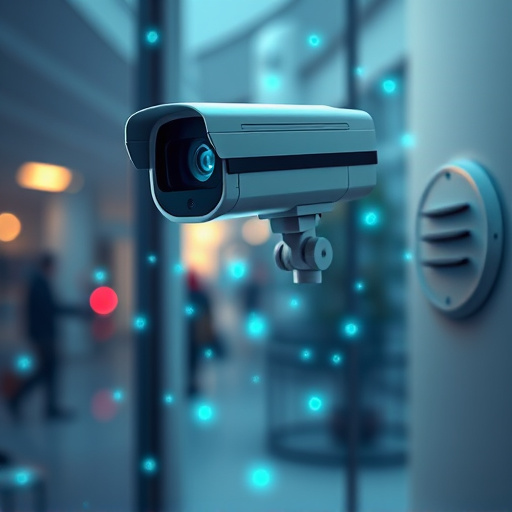
Smart locks are an excellent entry point for beginners looking to enhance their home security with smart home devices. These innovative products allow you to control access to your property remotely, providing a new level of convenience and peace of mind. With just a few taps on your smartphone, you can lock or unlock doors, share temporary access codes with guests, and monitor who enters and exits your home.
This technology offers more than just keyless entry; it provides advanced security features like automated locking when you leave and smart alerts for attempted breaches. Many modern smart locks also integrate with other smart home systems, enabling you to create customizable routines that secure your home automatically based on your daily habits.
Integrating Intelligent Smoke and Carbon Monoxide Detectors
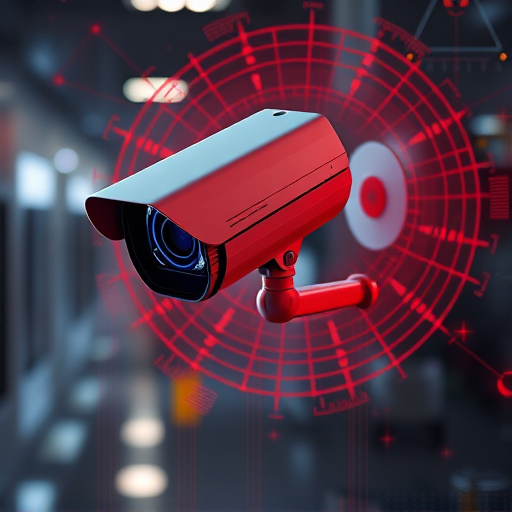
Integrating intelligent smoke and carbon monoxide detectors into your smart home setup is a crucial step in enhancing safety for you and your loved ones. These devices, often referred to as smart sensors, go beyond traditional functionality by offering real-time alerts, remote monitoring, and customizable settings via your smartphone or voice assistant. When smoke or elevated levels of carbon monoxide are detected, these sensors instantly notify you, allowing for swift action.
Smart home devices like these also provide peace of mind by enabling you to track potential hazards even when you’re away. You can set up alerts for specific zones within your home, receive notifications on unusual activity, and remotely test or silence alarms as needed. This level of control and monitoring ensures a safer environment while promoting the most efficient use of smart home technology.
Embarking on your smart home journey with safety as a priority is a wise decision. By integrating various smart home devices, from security cameras and sensors to intelligent locks and detectors, you create a comprehensive defense system. The above guide offers a solid foundation for beginners, providing practical insights into essential features, installation, and integration. Remember that the key to effective smart home security lies in understanding your needs, choosing the right tools, and setting them up correctly. With these steps, you’re well on your way to enhancing your home’s safety and peace of mind.
